
An apparently simple act, like decorating student dormitories with Barbie dolls and advertisements for capitalist consumer goods, has unleashed a mini-storm with the authorities on the island.
Agustin Alfonso, age 20, a junior (3rd year) law student at the University of Havana, is the typical model of ideologist ambiguity who lives on the island at this end of the century.
If you look at the way Agustin dresses, to the naked eye you couldn’t tell if he’s a New York alternative rocker or a Boy Scout from the former USSR. Not even he knows. He wears a Che Guevara-style beret, because he admires the Argentine guerrilla, but also wears Levi jeans and Reebok sneakers. He completes his outfit with a Rolex watch, a gold chain with a small photo of John Paul II and an olive green shirt, the same color that the commander wears exclusively, but the young man wears the Benetton brand version.
His way of thinking is as orthodox as that of the so-called “hardliners” of the politburo. “The U.S. is the spawn of evil, but produces very good things,” he says. For Augustin, “Yugoslavia is a brave nation because it resists the aerial invasion of NATO, led by the gringos.” But he has no clue where the Balkan country is and confuses the name of the dictator Milosevic with a footballer who plays in the Spanish league.
“And what about Castro?” I ask him.
“He’s a horse, although lately he’s been digging in the spurs too much.”
Alfonso Augustine recognizes that student media has unleashed an ideological offensive against capitalist consumerism. The official press has echoed it.
Juventud Rebelde, the Communist youth newspaper, put on the theme on roasting spit. According to that newspaper, in the dorm rooms where the undergrad and grad students sleep, the walls are plastered with Western brands. The forties and stylish Barbie doll adorns the bed of the girls. Advertisements for Nestle, Nissan, Adidas, or posters of American sluggers and Ronaldo, the Brazilian soccer star, paper the walls.
Since then the government has taken up the matter. Juventud Rebelde said that the Union of Young Communists (UJC) is trying to curb that “ideological diversion.” They have suggested that students pin up the Alma Mater university magazine pin-ups, where in each edition are different pictures of Ernesto Che Guevara, icon of the revolution.
The paper takes the opportunity to highlight the ideological purity of the students of History and Marxism, such as Yoandry Ruiz, who, despite the shortcomings, says there are things that are “not negotiable” and shows the journalist a closet where there is a collage of Cuban landscapes and next to it the ubiquitous image of Che.
On the subject, Cuba Press surveyed 32 senior level students and 30 said that examples like Ruiz are the exception. According to these 30, young people are tired of excessive ideology. The two who shared his views are members of the Union of Communist Youth.
However, all 32 like to watch American B movies, showing bucket-loads of violence. 20 of the 32 respondents polled take good doses of electronic opium, watching the Colombian soap, ‘Cafe, con aroma de mujer‘ [Coffee with the scent of woman] three times a week, which has more drawing power than any revolutionary act. 24 of those surveyed love to read ‘frivolities’, as the authorities call the romance novels talked about in the gossip magazines, such as the novels of Corin Tellado.
The most serious are also “ideological sinners” and admit their preference for writers banned by the regime, such as Guillermo Cabrera Infante and Mario Vargas Llosa. Despite this evidence, the government refuses to accept that long ago Cuban society left behind its uniform.
Faith in communism has gone for one simple reason, thinks Roberto Perez, a student of physics. “In no book on Marxism is it said that Communists have to be poor and dress like beggars.” Roberto believes that this image of “purity” is what is left from 70 years of communist propaganda in the former USSR, and four decades of Castro’s revolution.
Jesus Garcia, a medical student, says the UJC campaign will evaporate as fast as others. “They are in different times. In addition, you cannot forget that students are rebels by tradition and we will not accept, just like that, that those who govern us come with a trite story that we are the playthings of consumerism.”
Garcia adds, “The Cuban leaders dress in ‘guayabera‘ when attending public events, trying to sell this form of authority and sacrifice, but they are fat with swollen bellies, they have pink skin, travel in nice cars and live in homes filled with Western equipment.”
Many young students do not believe in the revolution. Those who still trust in it are severe critics and demand change to improve and transform society. This is the case for Hector Nunez, 21, a third year student of automated systems. “I see nothing wrong with people, particularly young people, wanting a higher quality of living. What happens is that, in Cuba, for that quality, you have to buy it with dollars.”
Hector thinks that “a person is not necessarily ideologically diverted away from his socialist ideals because he puts on Levi’s, and dreams of one day having a Mercedes Benz or a Honda motorcycle.” According to Hector, they can like all such capitalist products “and spiritually identify with the left, thirst for justice and admire Che Guevara.”
The government, established over 40 years in power, has other criteria. It wants to idolize the myth of the heroic guerrilla and demonize Barbie and Coca-Cola.
Iván García
Published in Cubafreepress June 3, 1999.

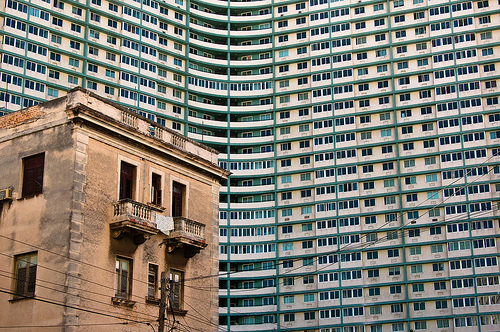
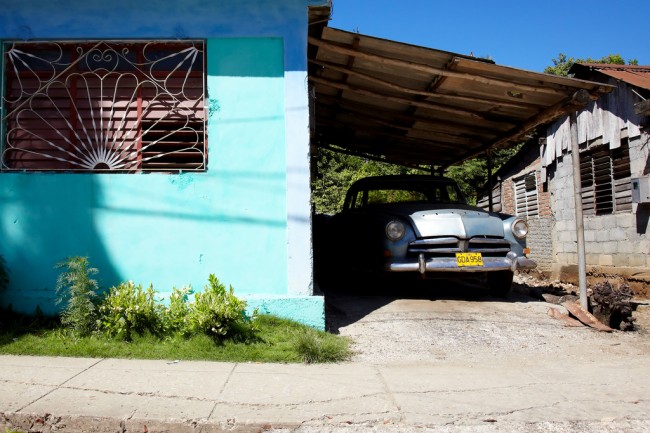
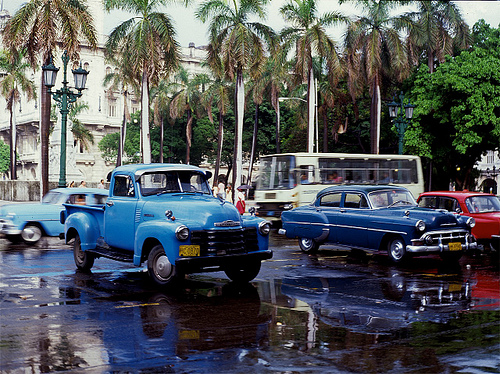


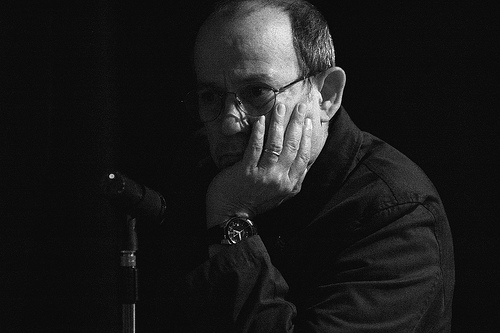
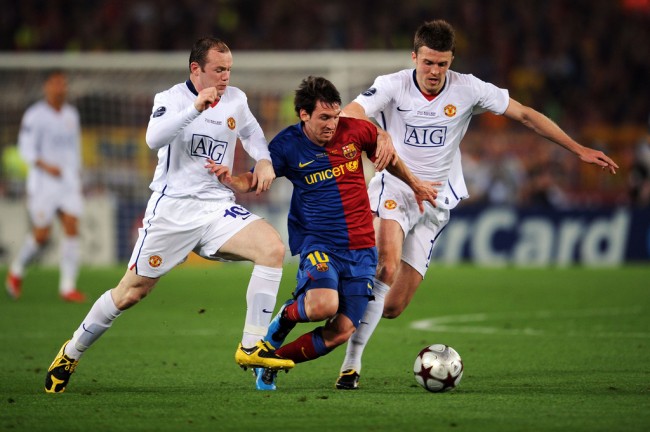
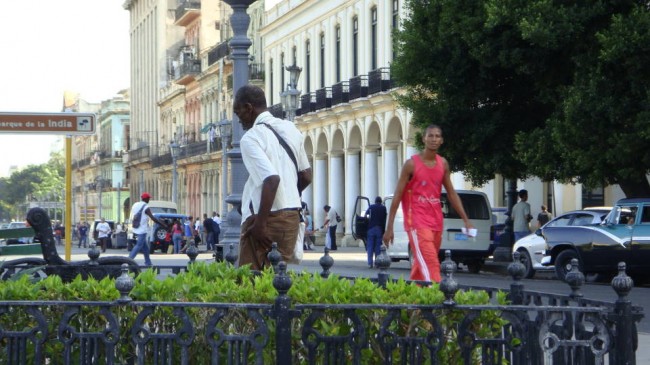
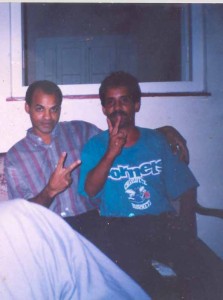 Carlos Serpa Maceira, 43, a freelance journalist born in the former Isla de Pinos, now Isla de la Juventud, is one of the leading communicators of the activities of The Ladies in White. More than a few times the taking of photographs or the writing of notes has ended up with his being dragged along the ground by a mob, at times with physical abuse.
Carlos Serpa Maceira, 43, a freelance journalist born in the former Isla de Pinos, now Isla de la Juventud, is one of the leading communicators of the activities of The Ladies in White. More than a few times the taking of photographs or the writing of notes has ended up with his being dragged along the ground by a mob, at times with physical abuse. Ladies in White leaving Laura’s house on March 25, 2010.
Ladies in White leaving Laura’s house on March 25, 2010.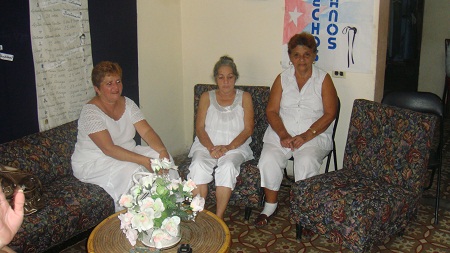 Ladies in White, at Laura’s house, waiting for the moment to take to the streets.
Ladies in White, at Laura’s house, waiting for the moment to take to the streets. At Laura’s house waiting to leave for the march.
At Laura’s house waiting to leave for the march. Ladies in White by the Malecón. Photos taken March 25, 2010.
Ladies in White by the Malecón. Photos taken March 25, 2010.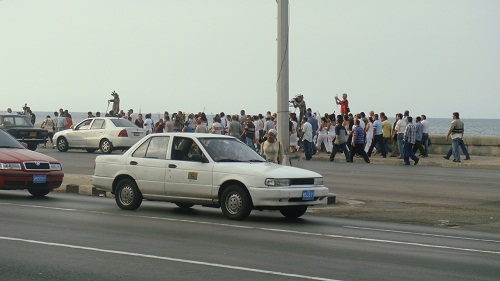 Passersby stare at these marches with surprise, and more than a few with admiration.
Passersby stare at these marches with surprise, and more than a few with admiration. 